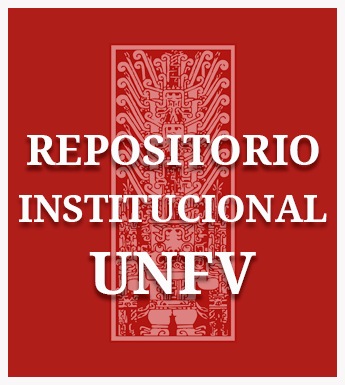Kinetics of Decolorization of Reactive Textile Dye via Heterogeneous Photocatalysis Using Titanium Dioxide

Fecha
2024Autor
Carrasco-Venegas, Luis Américo
Castañeda Perez, Luz Genara
Martínez-Hilario, Daril Giovani
Medina-Collana, Juan Taumaturgo
Calderón-Cruz, Julio Cesar
Gutiérrez-Cuba, César
Cuba-Torre, Héctor Ricardo
Pilco Núñez, Alex
Herrera-Sánchez, Sonia Elizabeth
ISSN
2305-7084Metadatos
Mostrar el registro completo del ítemResumen
The textile industry is known for its excessive water consumption and environmental impact. One of the major challenges it faces is managing pollution generated by dyes, particularly bifunctional dyes, such as sumireact supra yellow s-hbu, with a red appearance and sumifix supra lemon-yellow e-xf, with a yellow appearance. This study aimed to investigate the decolorization kinetics of synthetic solutions of said bifunctional dyes, which comprise triazine and vinylsulfon. We conducted various tests, including modifications of pH, the addition of TiO2 P-50 nanoparticles, exposure to solar radiation, limited contact with oxygen, and eolic agitation. The initial solutions had a concentration of 1000 ppm of textile dye. The study showed that the reaction order for the “red” solutions in the R6 and R9 reactors and all the yellow solutions was ½. The concentration of nanoparticles and pH had a significant impact on the reaction rate. The yellow solutions with a concentration of 800 ppm and pH levels of 3.15, 4.13, and 2.25 demonstrated 100% color discoloration, followed by solutions with a concentration of 400 ppm and pH levels of 3.15, 2.25, and 4.13. The analysis of variance confirmed the reaction rate constants for the yellow solutions and emphasized the significance of pH in this process.







